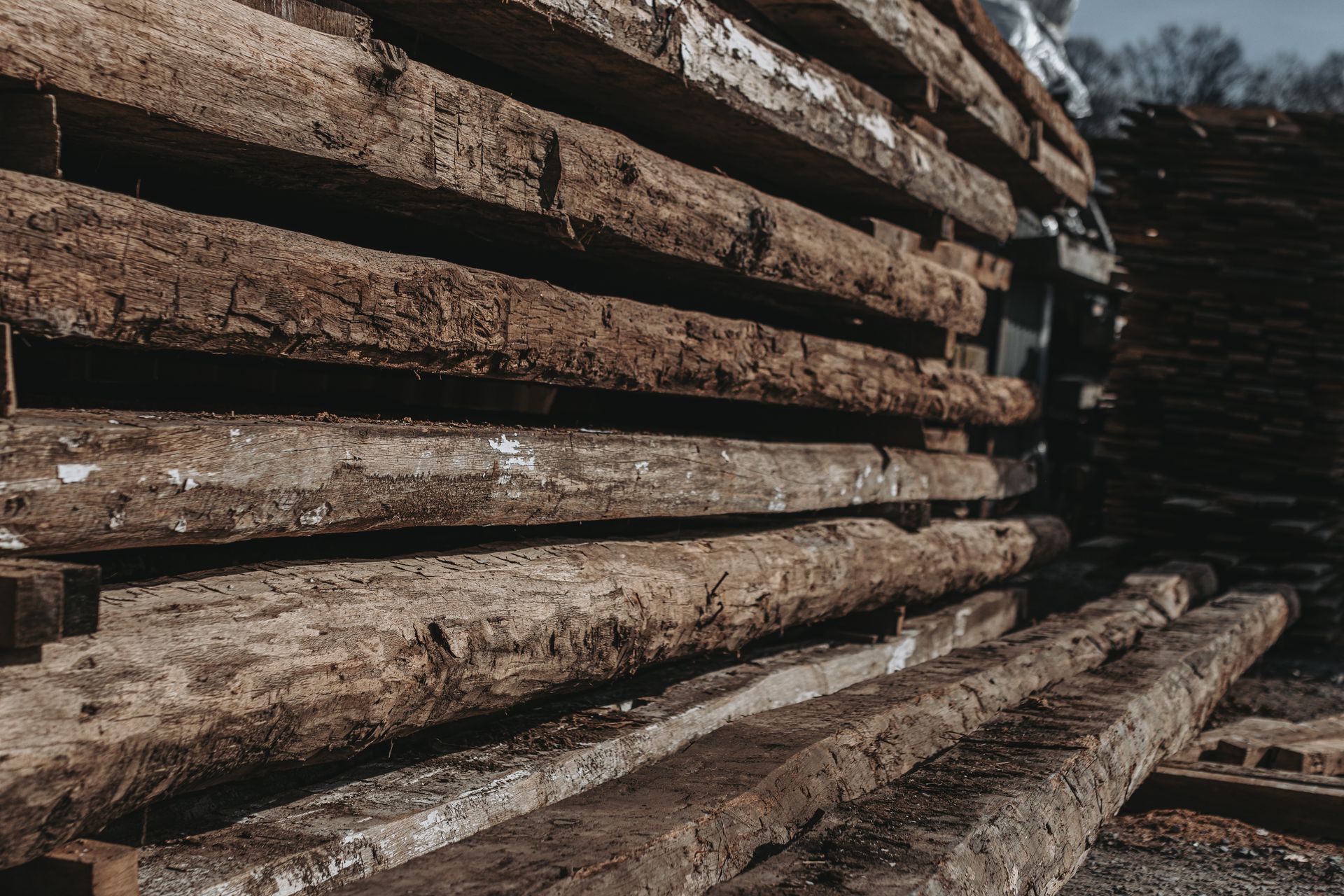What Is the Janka Hardness Test? A Beginner’s Guide
Janka Hardness Test: Measuring Wood Durability

Ever wondered why some wood floors last longer or why certain types of wood cost more? The answer often comes down to something called the Janka hardness test. This test measures how hard or soft a type of wood is, helping homeowners, builders, and woodworkers pick the right material for their projects.
Don’t worry, you don’t need to be an engineer to understand it. This guide will break it down in simple terms so you can make smarter choices for your floors, furniture, or any other wood project.
What Is the Janka Hardness Test?
The Janka hardness test measures how much force it takes to push a small steel ball halfway into a piece of wood. The result, called the Janka rating, tells us how resistant the wood is to dents and wear. The higher the number, the harder the wood.
This test was created by Gabriel Janka in the early 1900s and is still used today because it gives consistent, reliable results. It’s like a universal scale for comparing wood hardness.
How the Janka Scale Works
The Janka scale ranges from very soft woods, like balsa (around 100 lbf), to extremely hard ones, like lignum vitae (over 4,000 lbf). Most woods used for furniture and floors fall between 300 and 3,000 lbf.
- Softwoods (under 1,000 lbf): These include pine, cedar, and fir. They’re easy to work with and cost less, but can dent more easily.
- Hardwoods (over 1,000 lbf): Popular options like oak, maple, and hickory are tougher and better for high-traffic areas.
For example, red oak, a common choice for flooring, has a Janka rating of 1,290 lbf. It’s a good benchmark for comparing other woods.
Why Janka Ratings Matter
Janka ratings are super helpful when choosing wood for specific uses:
- Flooring: For homes, woods with ratings between 1,000 and 1,500 lbf are durable and easy to maintain. For commercial spaces or homes with pets, you might want something above 1,500 lbf.
- Furniture: Harder woods are great for surfaces like tables and chairs that get a lot of use. Softer woods can work for less visible parts, like frames.
But remember, hardness isn’t everything. Other factors like grain pattern, moisture resistance, and finish also affect how well wood performs.
The Limits of Janka Ratings
While the Janka test is useful, it only measures one thing: how well wood resists dents. It doesn’t tell you about other strengths, like how much weight it can hold or how flexible it is. Some woods with average Janka ratings might still be great for certain projects because they excel in other areas.
Environmental factors also play a role. Things like humidity, grain direction, and the type of finish can impact how wood holds up over time.
What We’ve Learned from Historic Hardwoods
At Bay & Bent, we specialize in reclaimed wood from historic barns and buildings. These old-growth timbers often have higher Janka ratings than modern wood because they grew slowly in dense forests, creating tighter grain and greater durability.
For example, when we test beams from 200-year-old barns, they often outperform the published Janka ratings for the same species. This shows how the quality of wood can vary based on how and where it grew.
We carefully restore these timbers using traditional methods, giving them a second life in modern homes and businesses. Not only are they incredibly strong, but they also carry a unique character that only comes with age.
Common Woods and Their Janka Ratings
Here’s a quick look at some popular wood species and their Janka ratings:
- Southern yellow pine: 690 lbf – Good for framing but too soft for floors.
- Red oak: 1,290 lbf – A standard choice for durable flooring.
- White oak: 1,360 lbf – Slightly harder than red oak and great for outdoor use.
- Brazilian cherry: 2,350 lbf – Extremely hard and durable but more expensive.
Knowing these numbers can help you quickly compare options for your project.
Making the Right Choice
When choosing wood, don’t just go for the hardest option. Harder woods are more expensive and harder to work with, and they might not always be the best fit for your needs. Instead, think about:
- How much wear and tear the wood will face.
- Your budget.
- The look and feel you want.
For most homes, woods in the 1,200 to 1,800 lbf range strike a good balance between durability and cost. If you have pets or heavy foot traffic, consider going higher.
Simple Ways to Test
You don’t need fancy equipment to get a rough idea of wood hardness. Try pressing a sharp tool, like a knife or awl, into the wood. If it goes in easily, the wood is soft. If it’s tough to make a dent, the wood is harder. While not as precise as the Janka test, this quick method can still be helpful.
Why Janka Ratings Still Matter
Even as forestry practices change, the Janka test remains a reliable way to compare wood hardness. It’s a simple tool that helps you make informed decisions, whether you’re picking flooring for your home or sourcing timber for a big project.
At Bay & Bent, we believe in combining science with craftsmanship. By understanding Janka ratings and other wood properties, we help our clients choose materials that balance strength, beauty, and sustainability.









